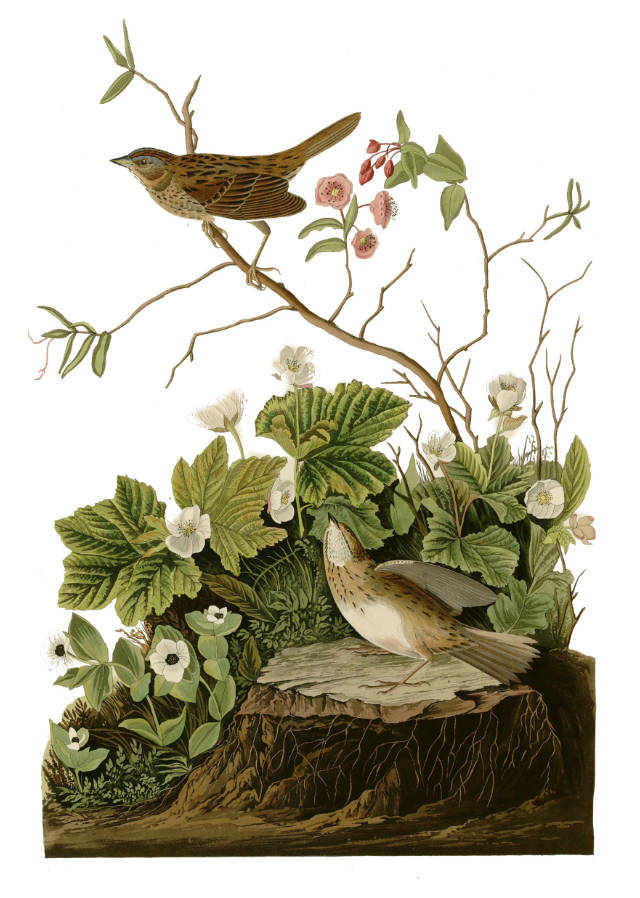Plant habit refers to a plant’s distinctive growth form or shape, which varies significantly between species. Common plant types include trees, shrubs, herbaceous, vines, and cactus. Here’s a quick summary of some everyday plant habits:
- Trees are tall, woody plants with a single main stem or trunk and branches that grow upward. They frequently have a well-defined canopy of leaves or needles at the top. Examples include oak trees, maple trees, and pine trees.
- Shrubs are tiny woody plants with several stems or branches growing from the base. They are shorter than trees and typically have a dense, bushy appearance. Shrubs can range in size from low-growing ground cover to massive hedges. Examples include azaleas, boxwoods, and lilacs.
- Cacti are succulent plants that thrive in arid conditions. They have fleshy stems, spines, and typically unusual forms that help them store water and reduce water loss. They vary in size and shape, from little spherical forms to towering columnar species. Examples include saguaro, prickly pear, and barrel cacti.
- Herbaceous plants do not have woody stems and usually die back to the ground after the growth season. They can be annuals, biennials, or perennials and come in various growth types, such as grasses, flowers, and vegetables. Examples include daisies, sunflowers, and lettuce.
- Vines are plants with long, flexible stems that trail along the ground or climb structures or other plants to provide support. They can be woody or herbaceous, and their attachment and climbing mechanisms include tendrils, twining stems, and other structures. Examples include grapes, ivy, and morning glory.
Understanding a plant’s habit can reveal valuable information about its growth requirements, environmental adaptations, and ecological role. It is essential when choosing plants for landscaping, gardening, or environmental restoration initiatives.

